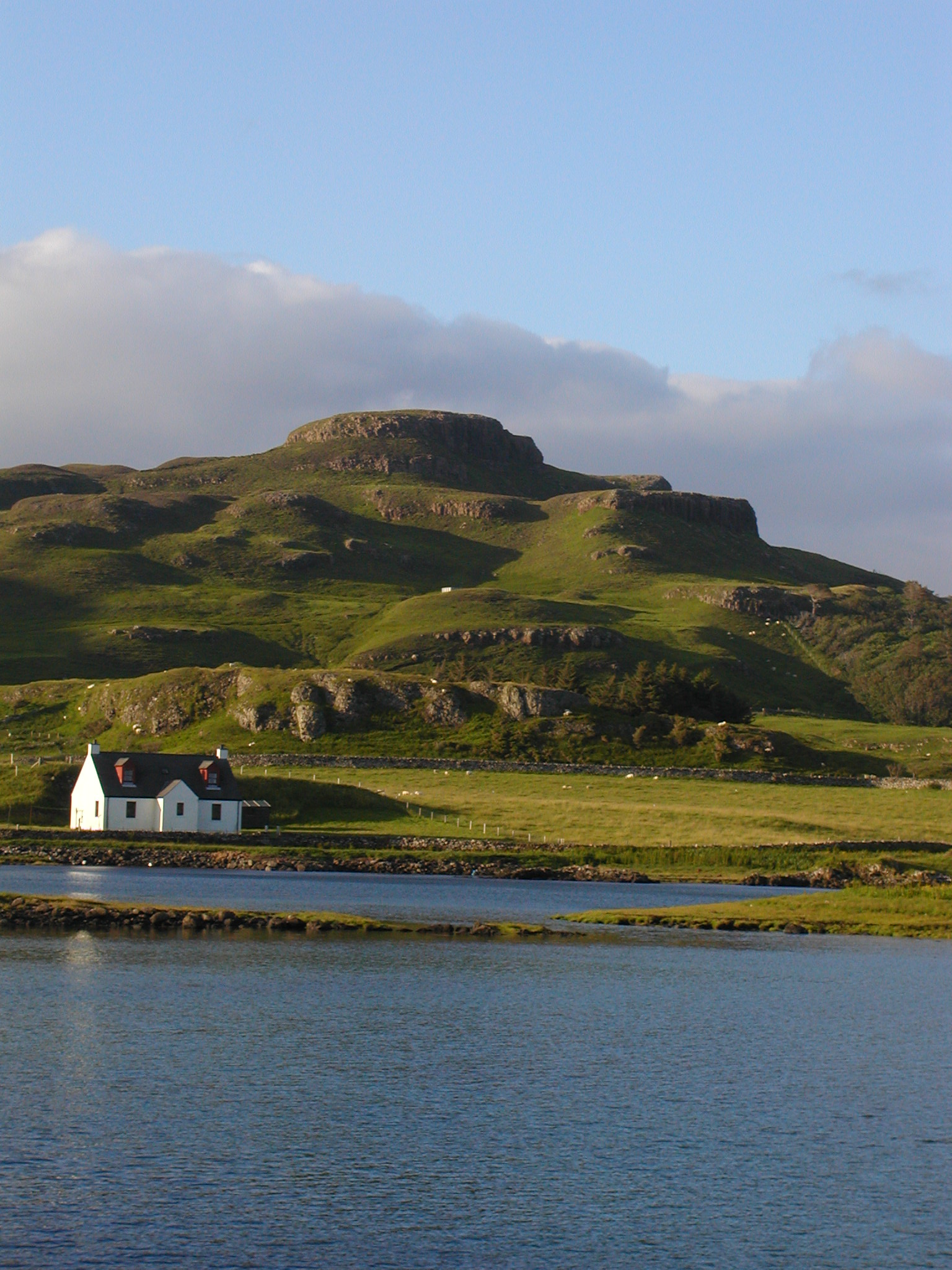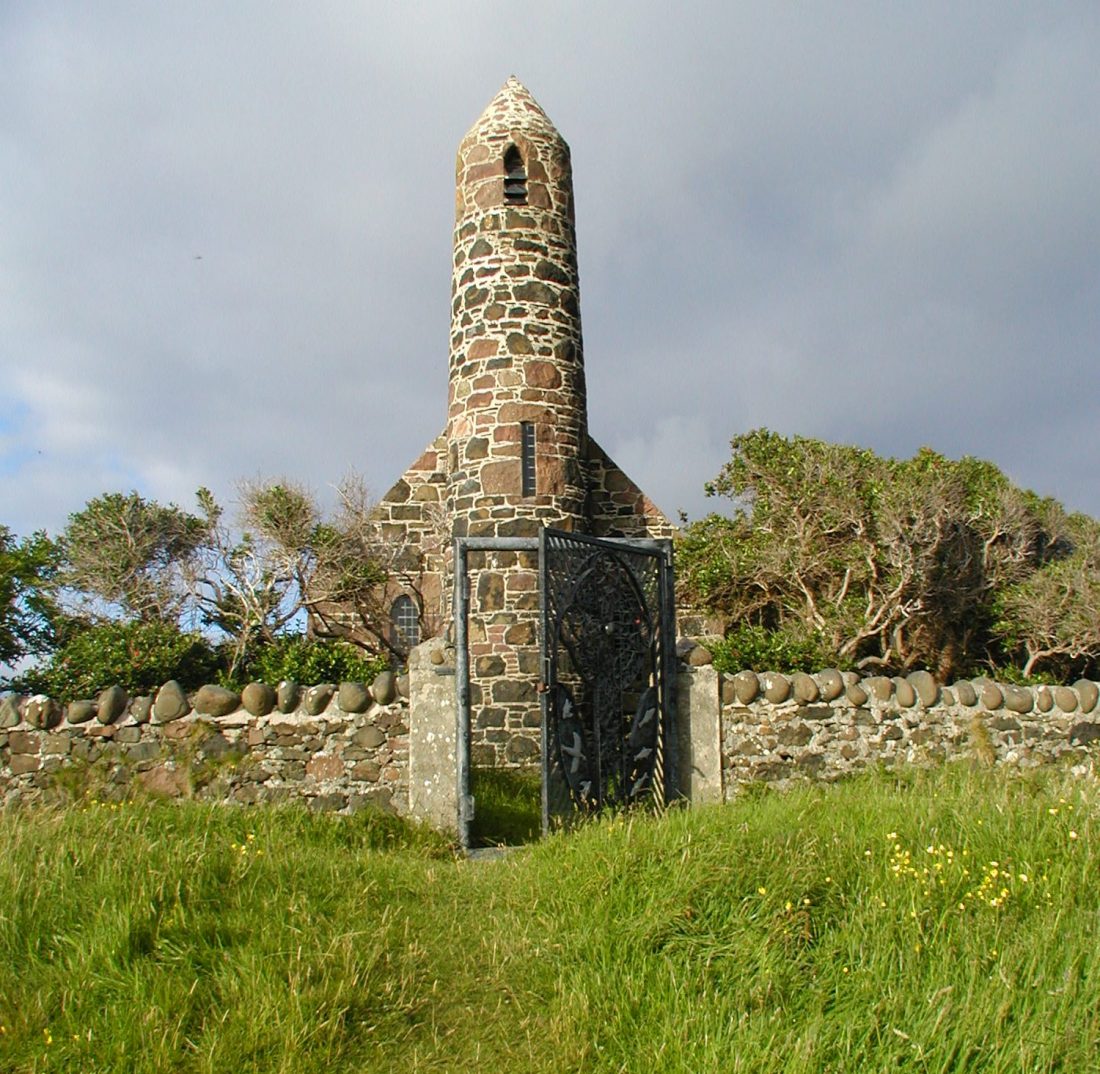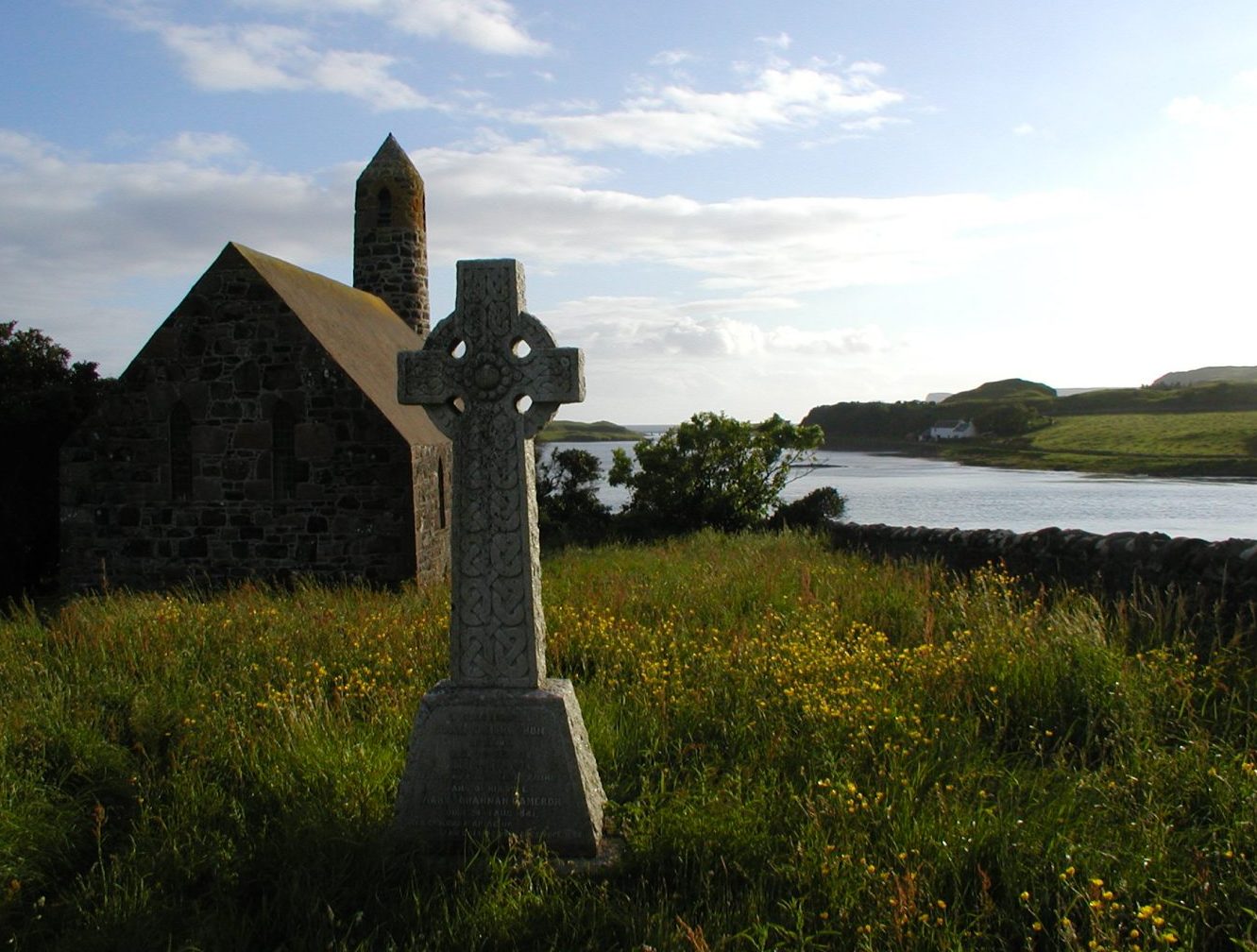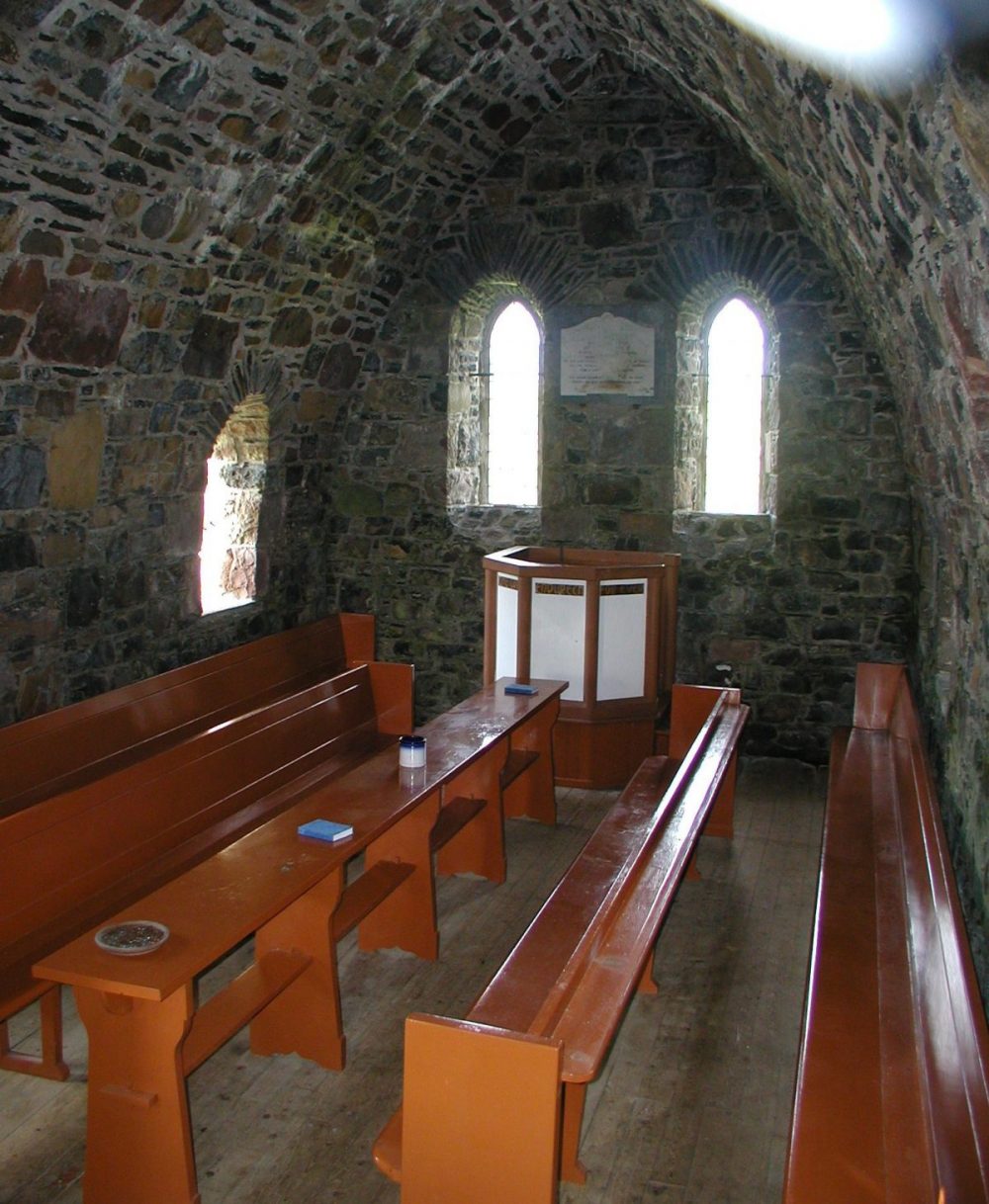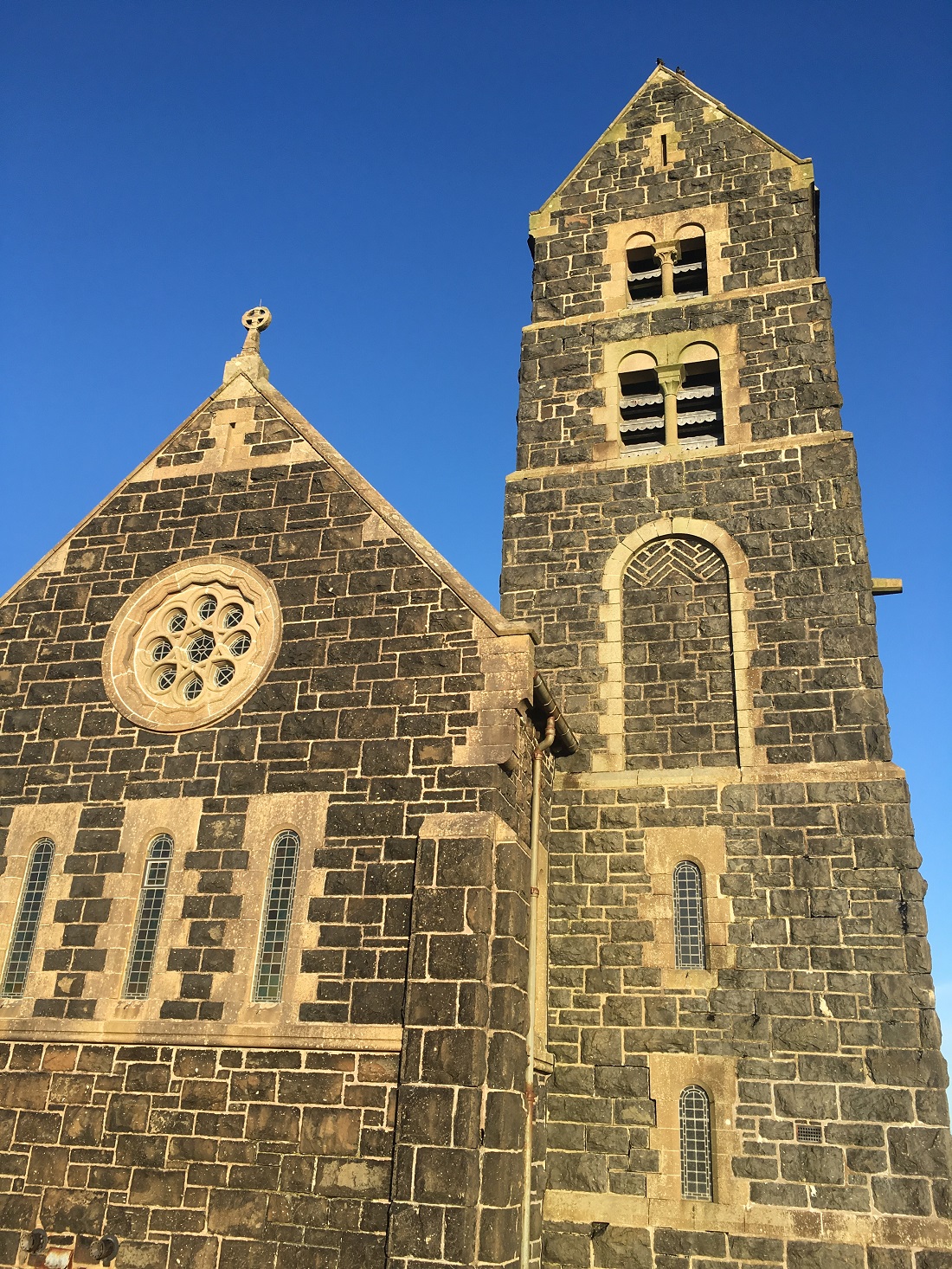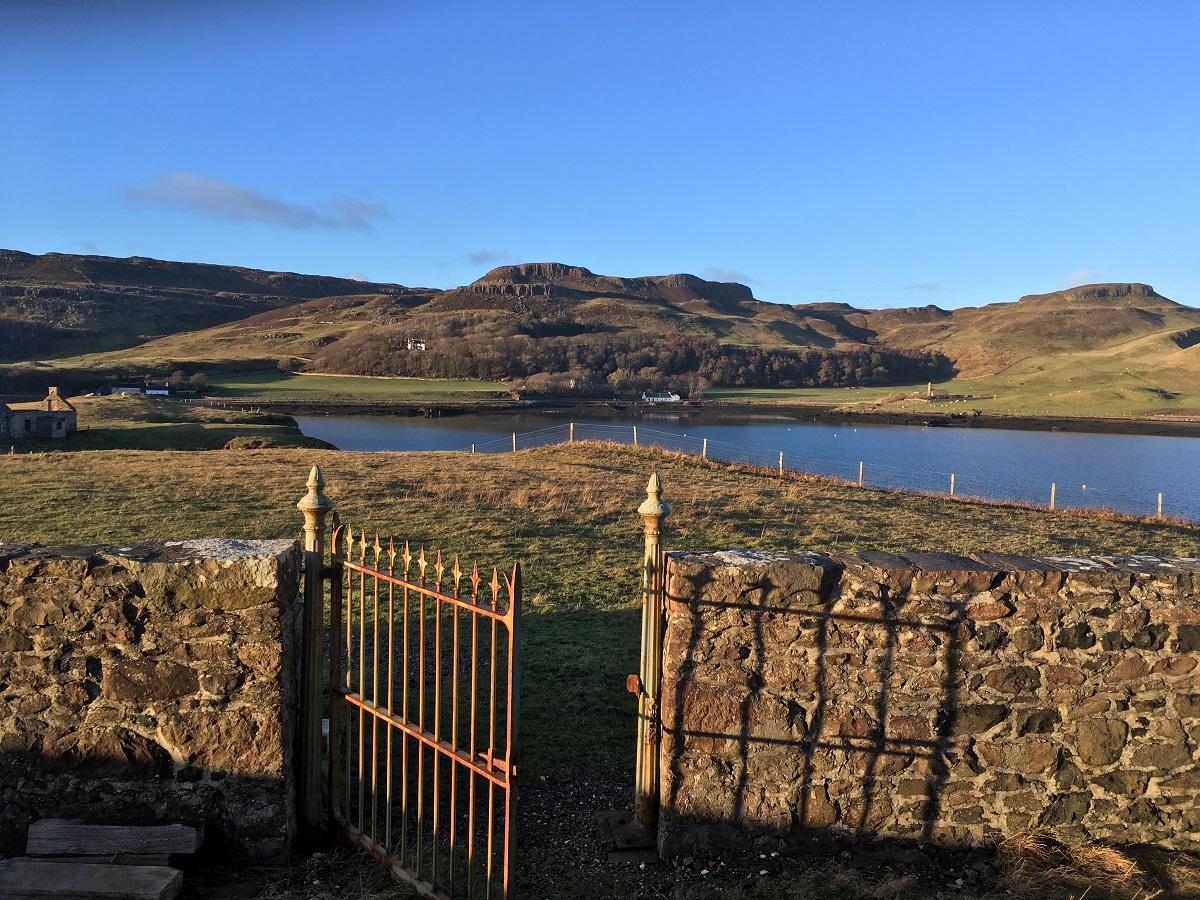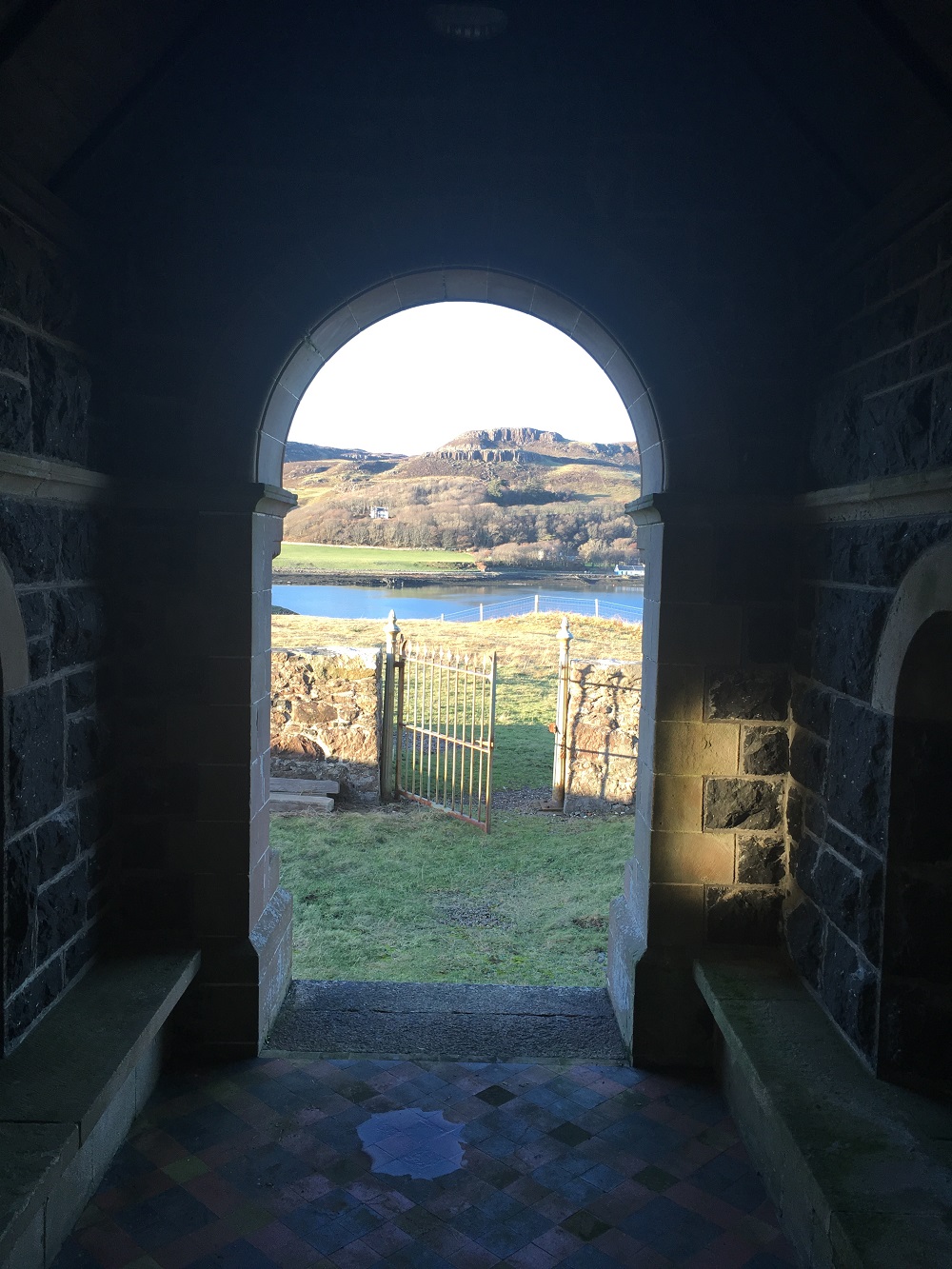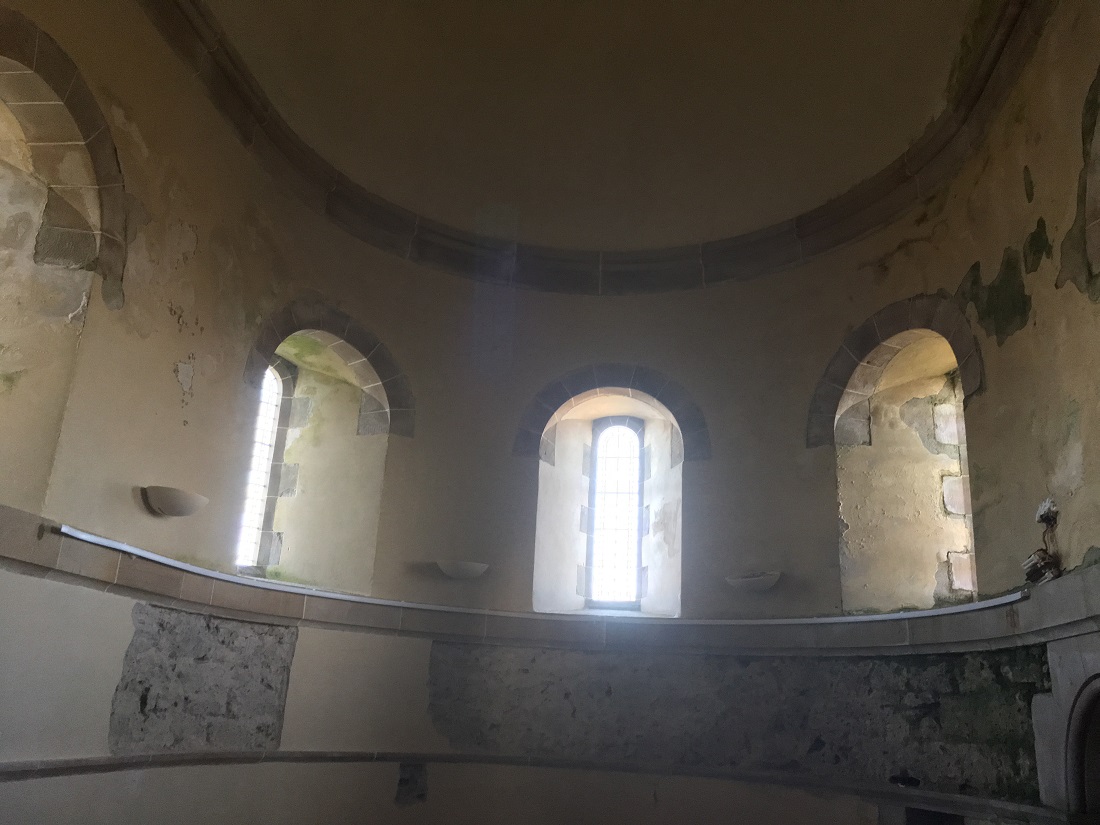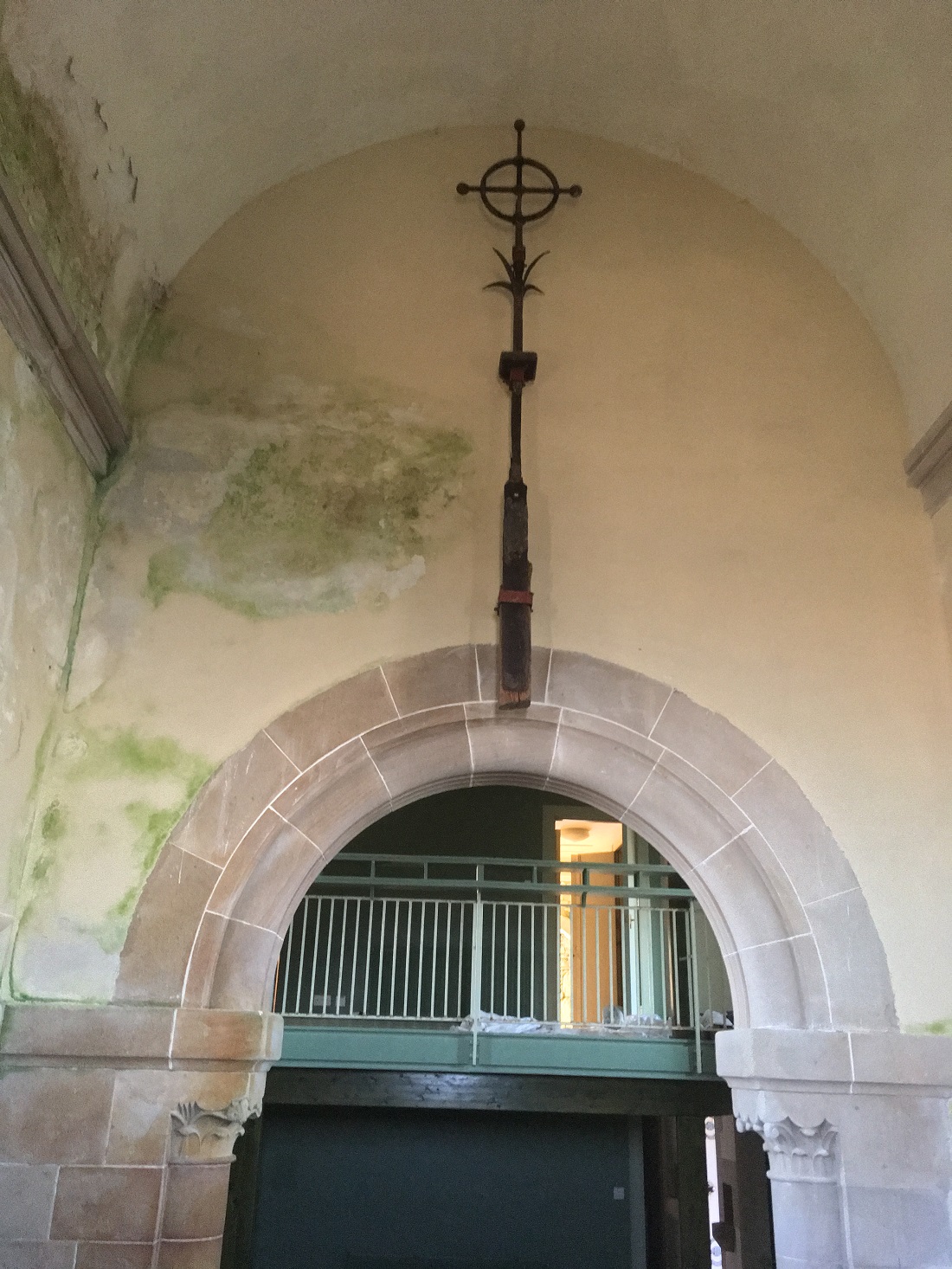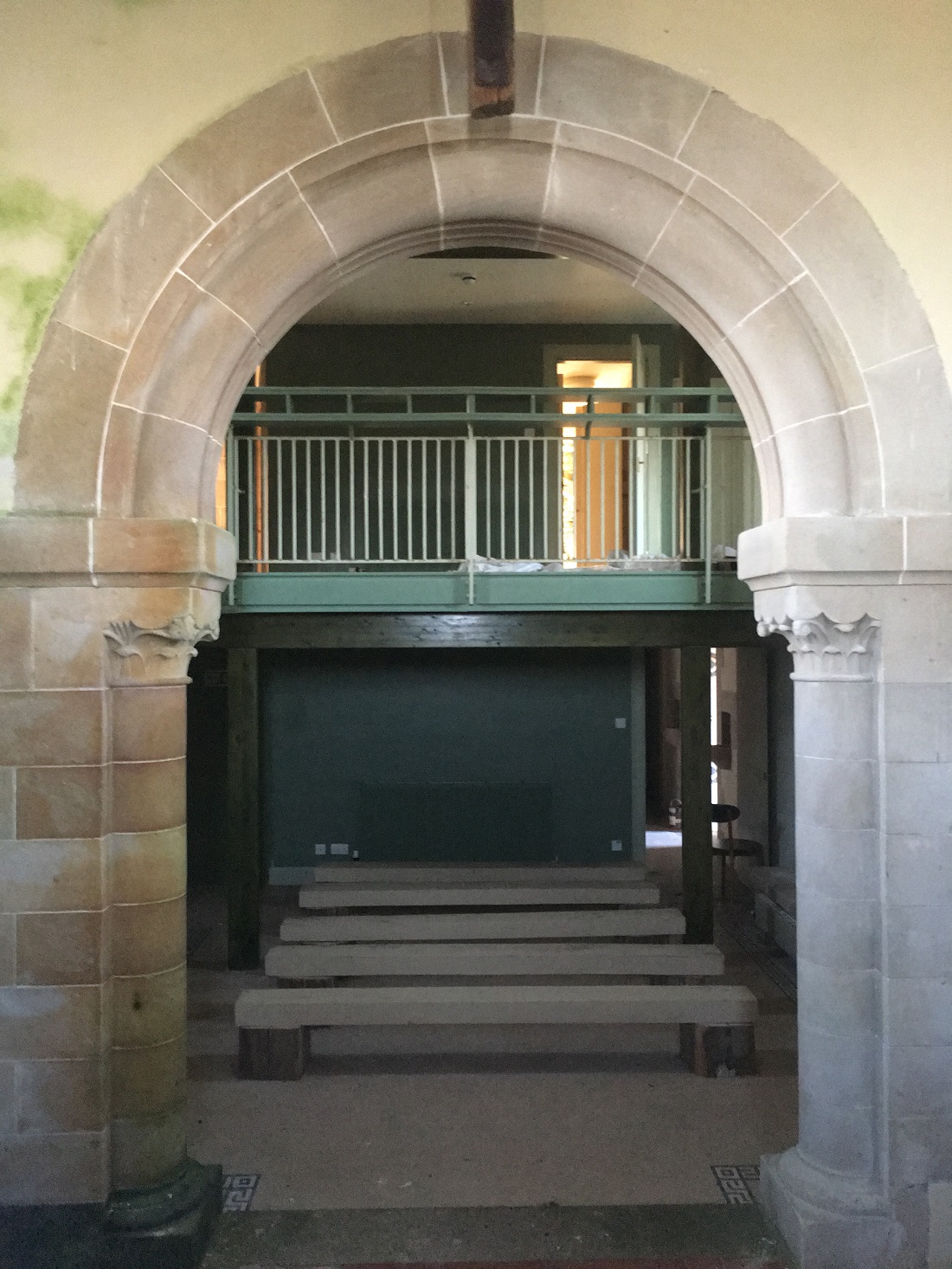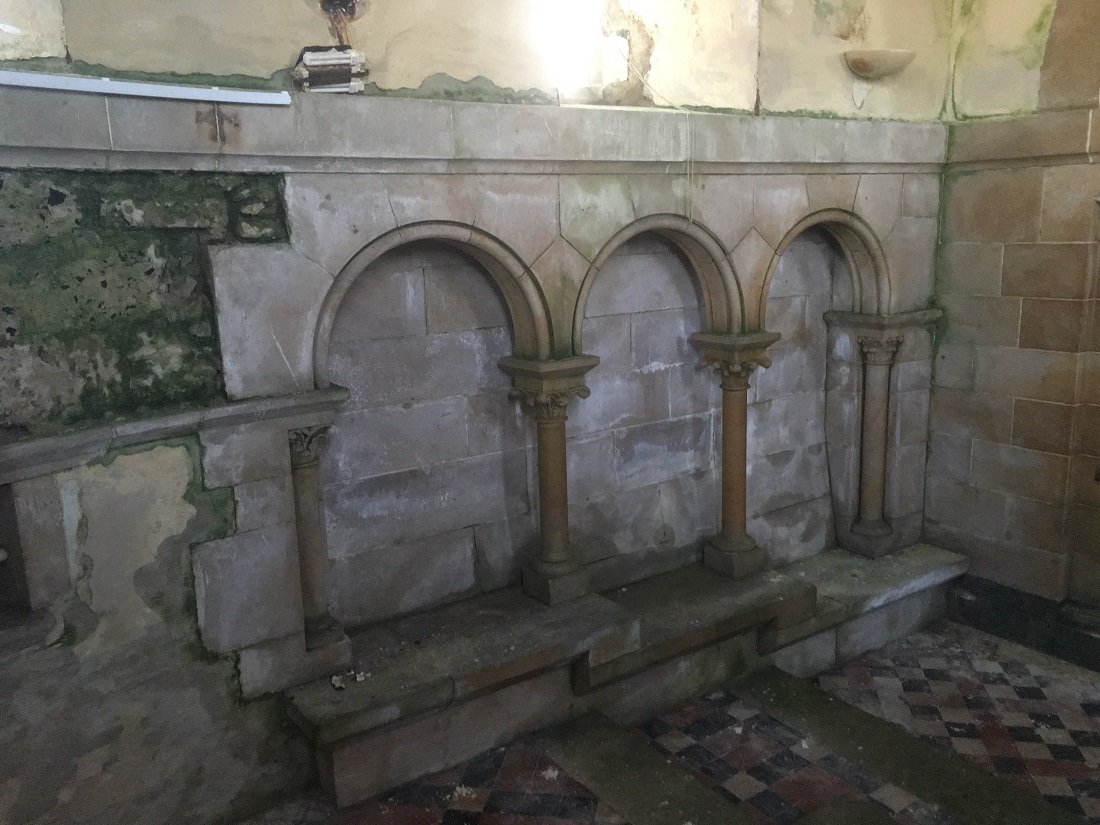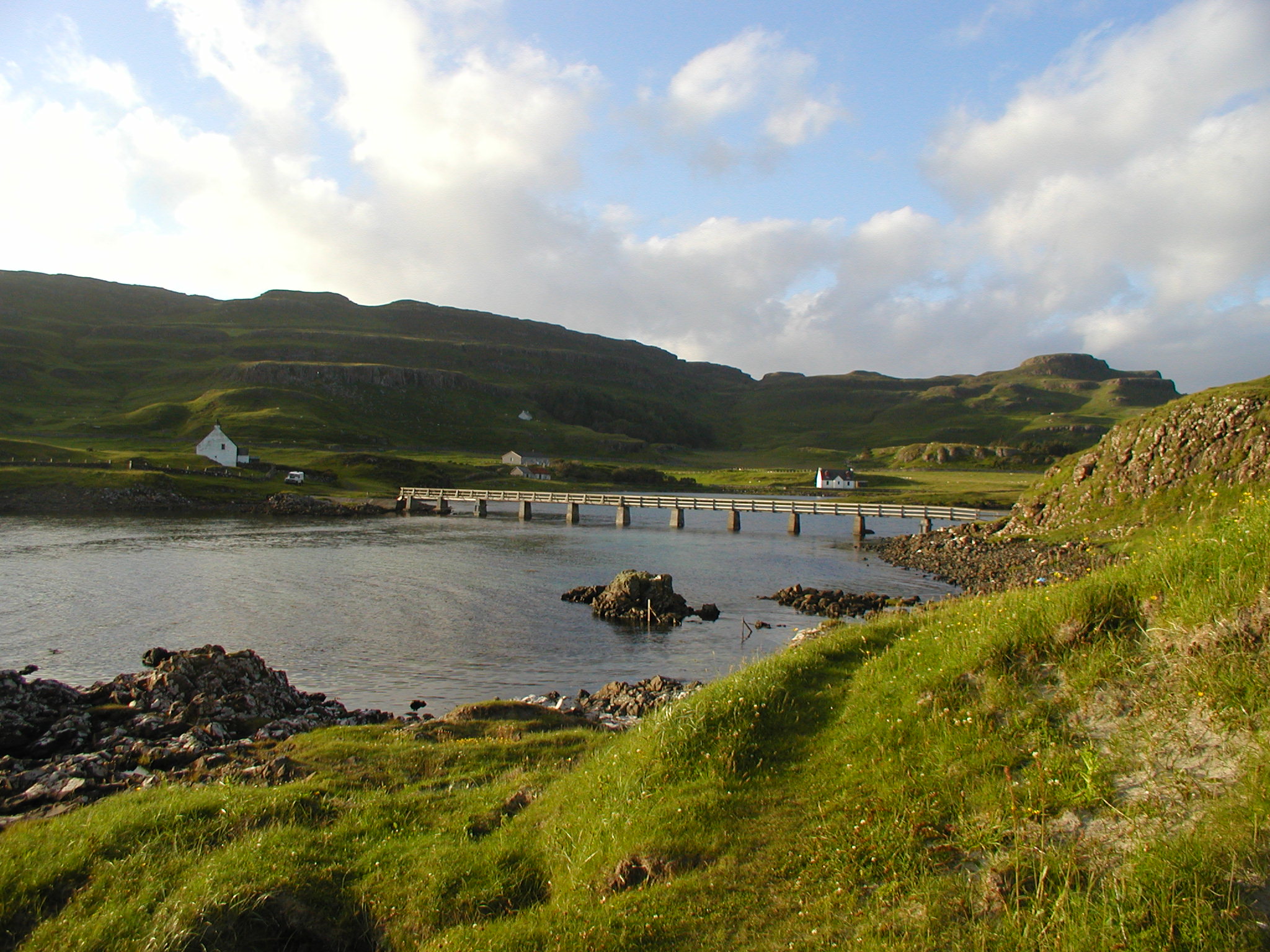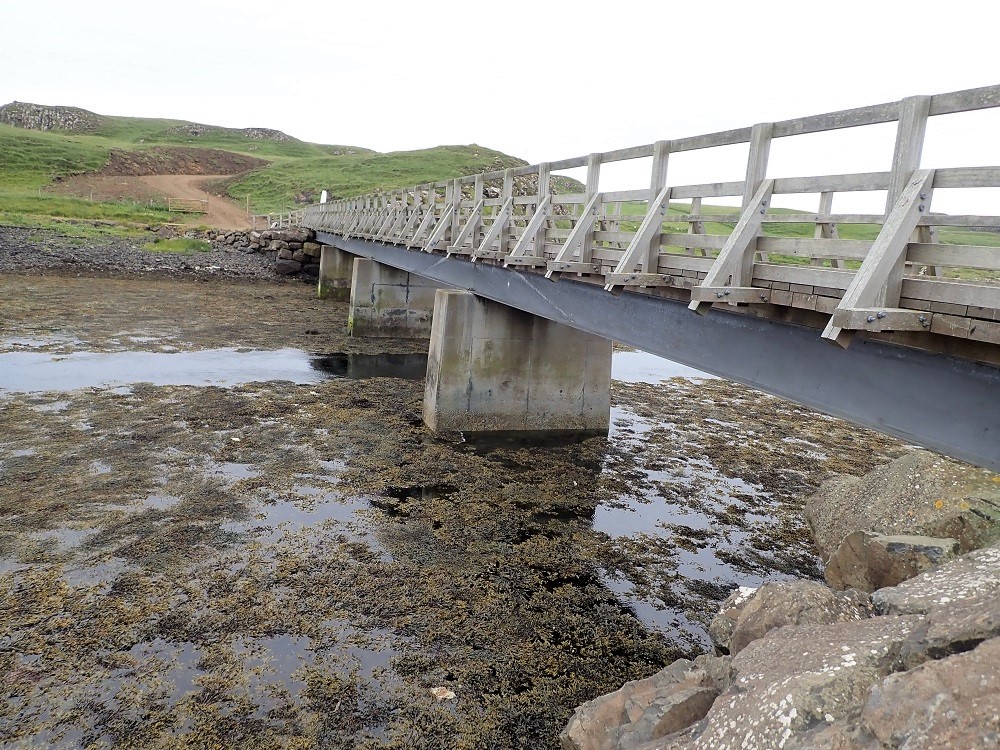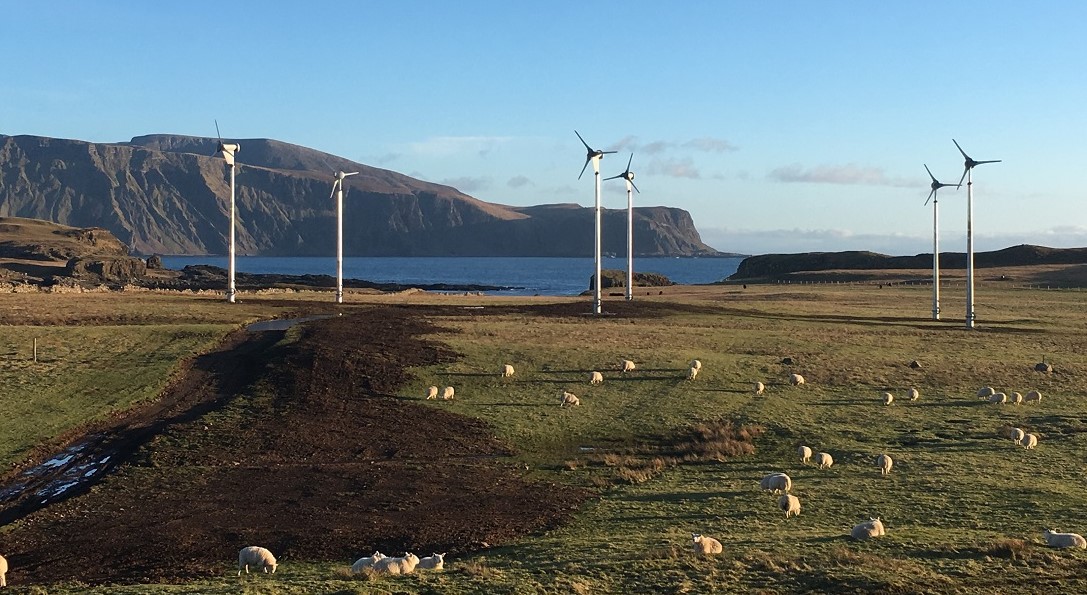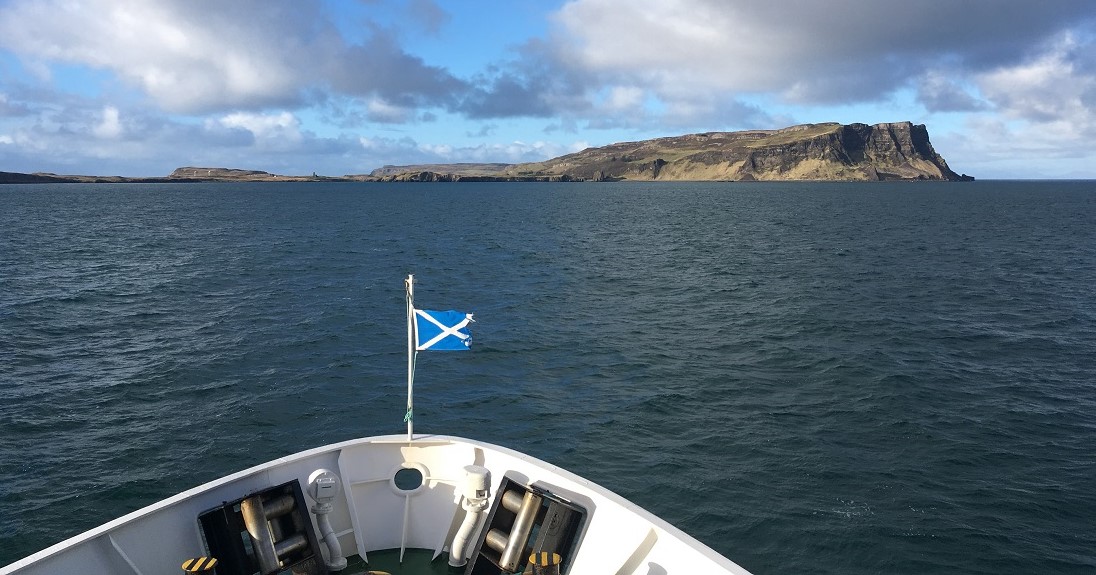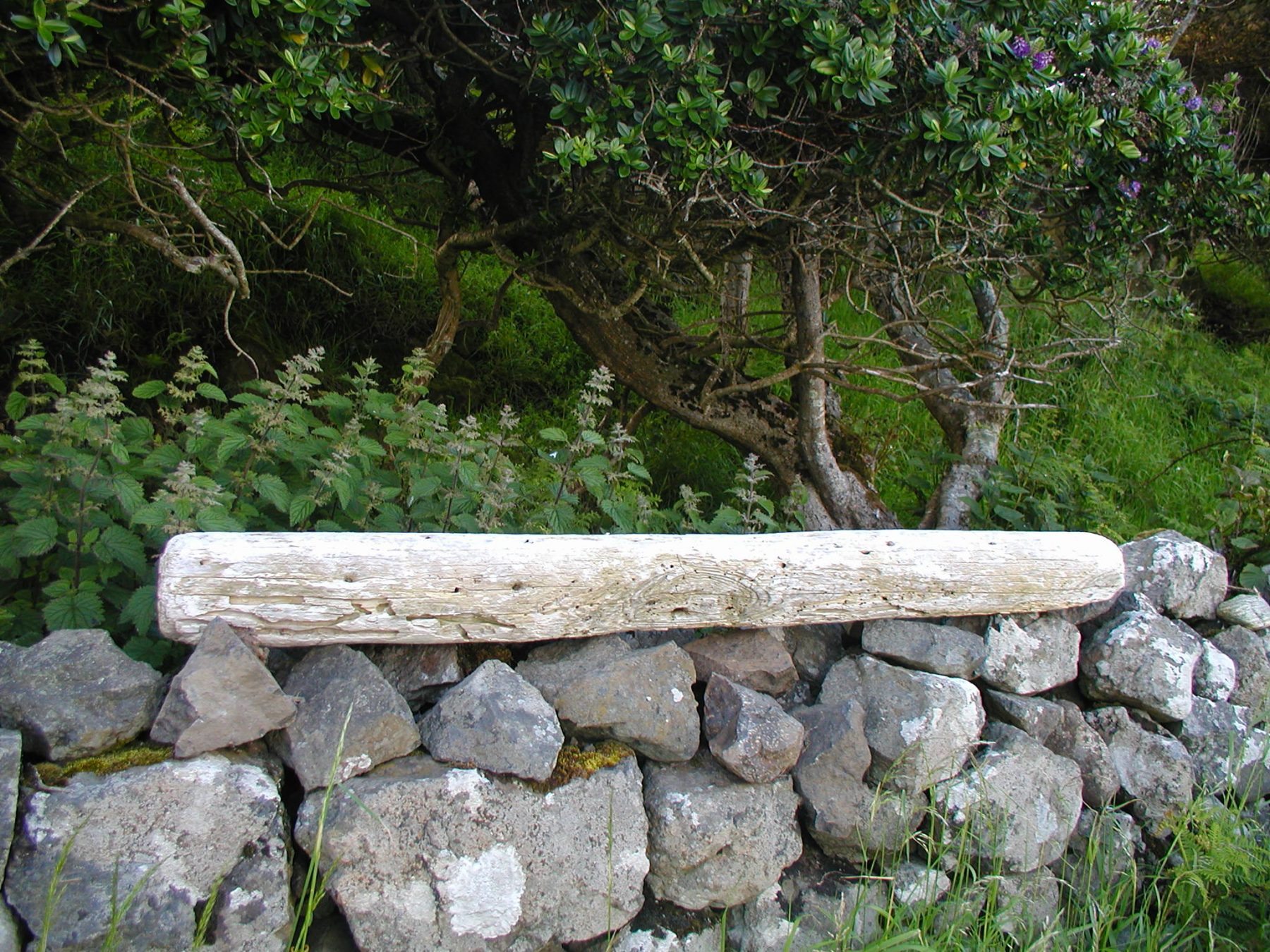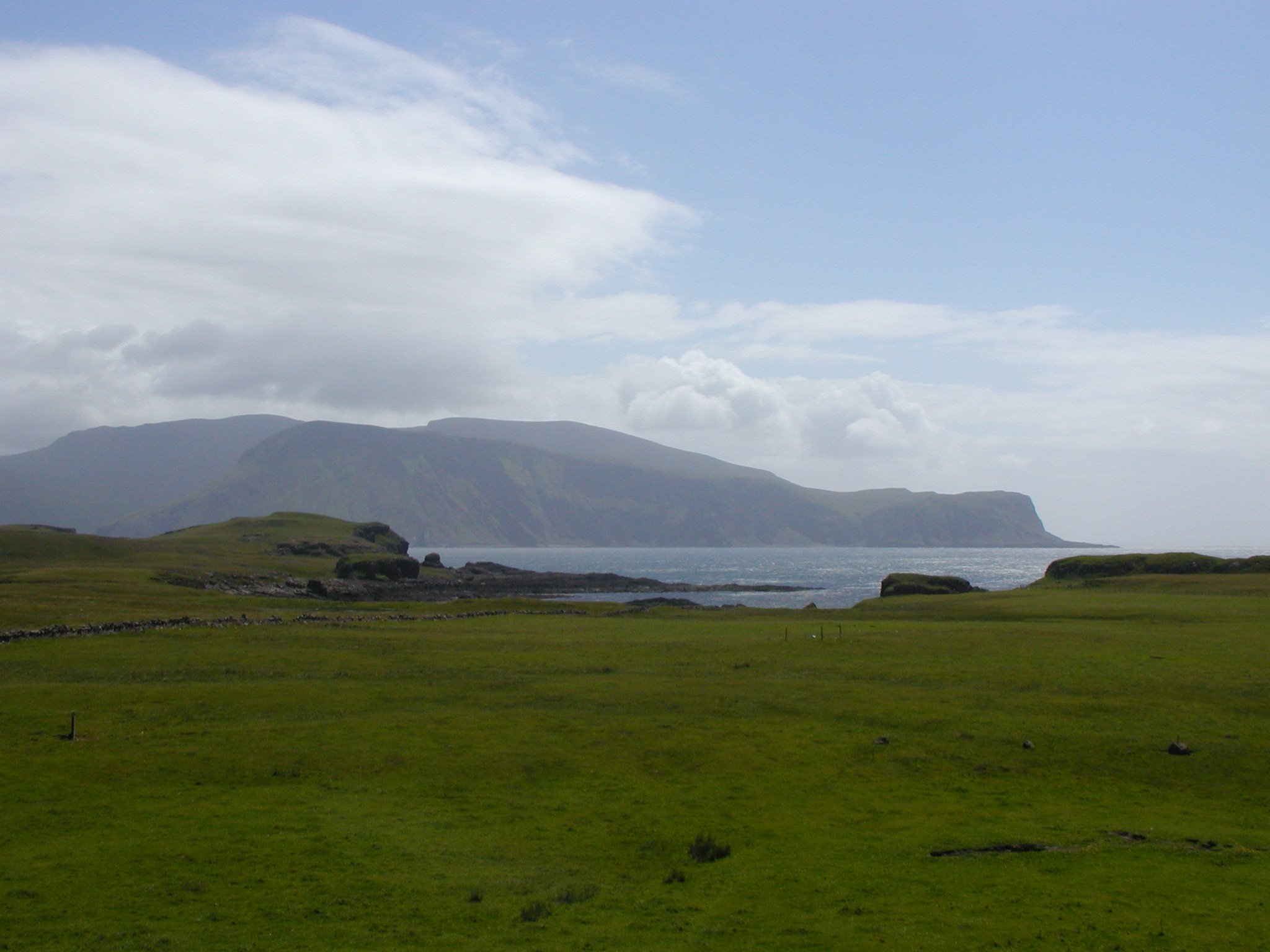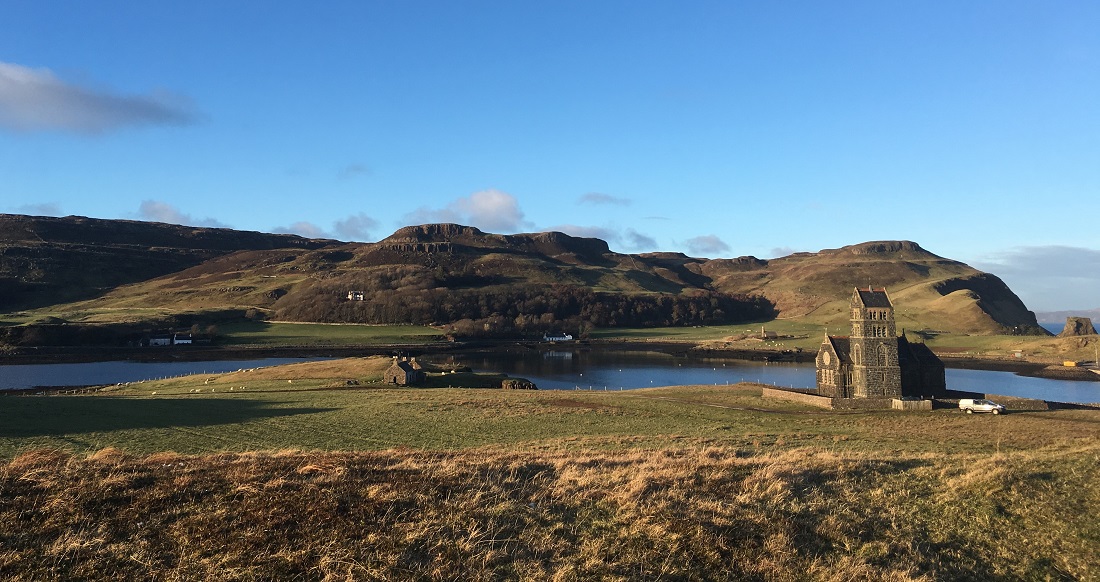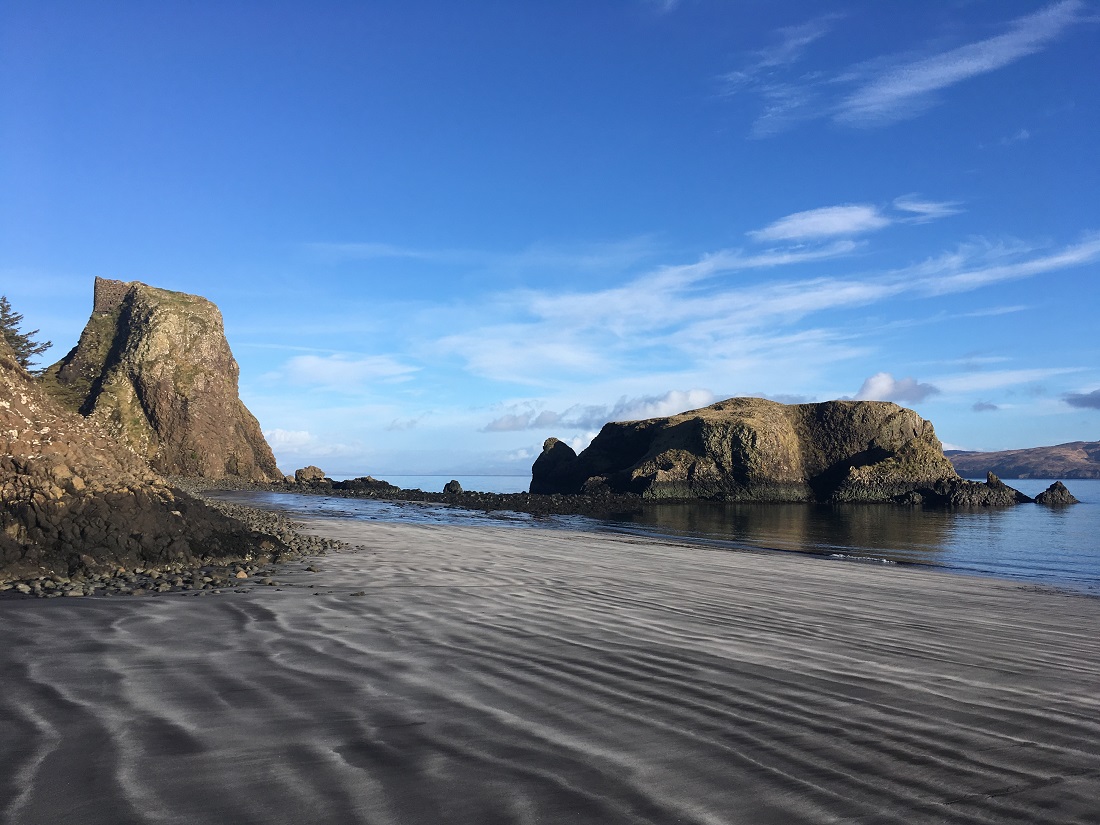Introduction
An island gifted to the nation. A fertile Hebridean paradise with a great anchorage, local fresh food, wonderful walks and wildlife.
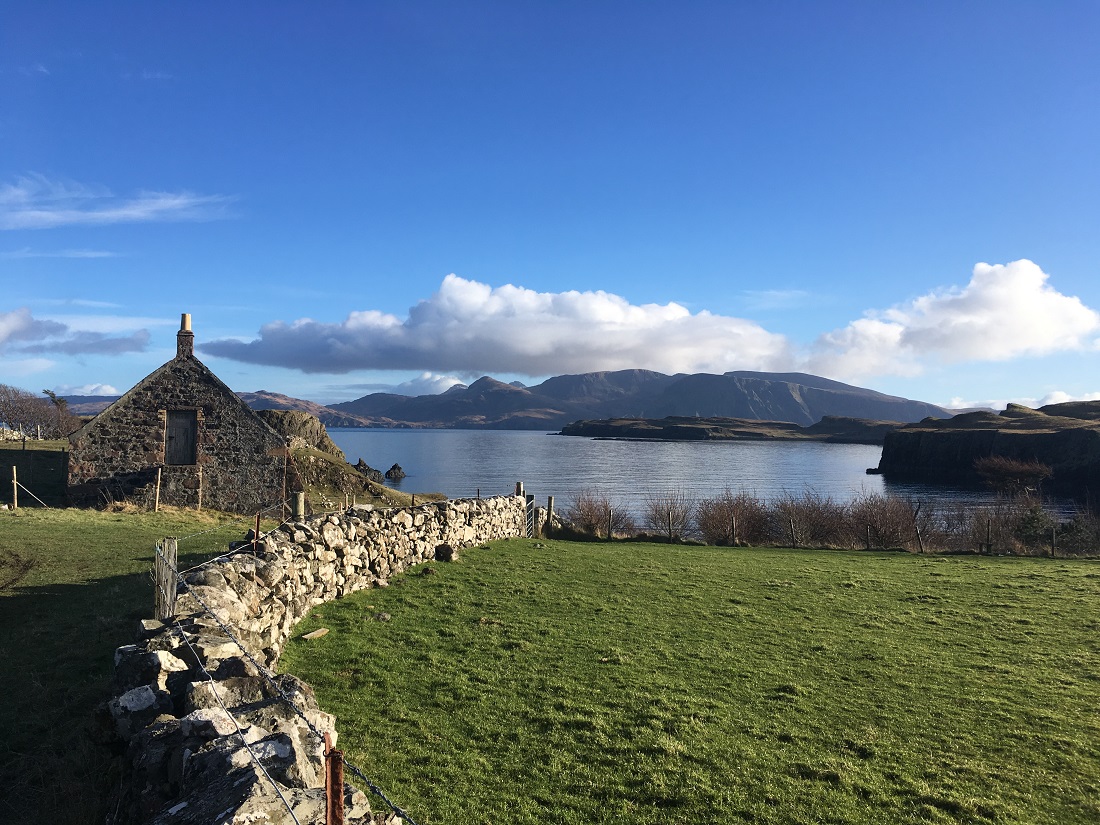
Location
Information
Canna was left to the National Trust for Scotland (NTS) in 1981 by the Gaelic folklorist and scholar John Lorne Campbell in 1981. It is truly a treasure of the Small Isles. Canna House, one of two big houses on the island, the other being Tighard). Canna House contains John Campbell’s important archives of Gaelic materials that were donated with the islands to the nation. It is an island rich in built, social, environmental and natural heritage and is a place to be cherished and supported through the work of the National Trust for Scotland
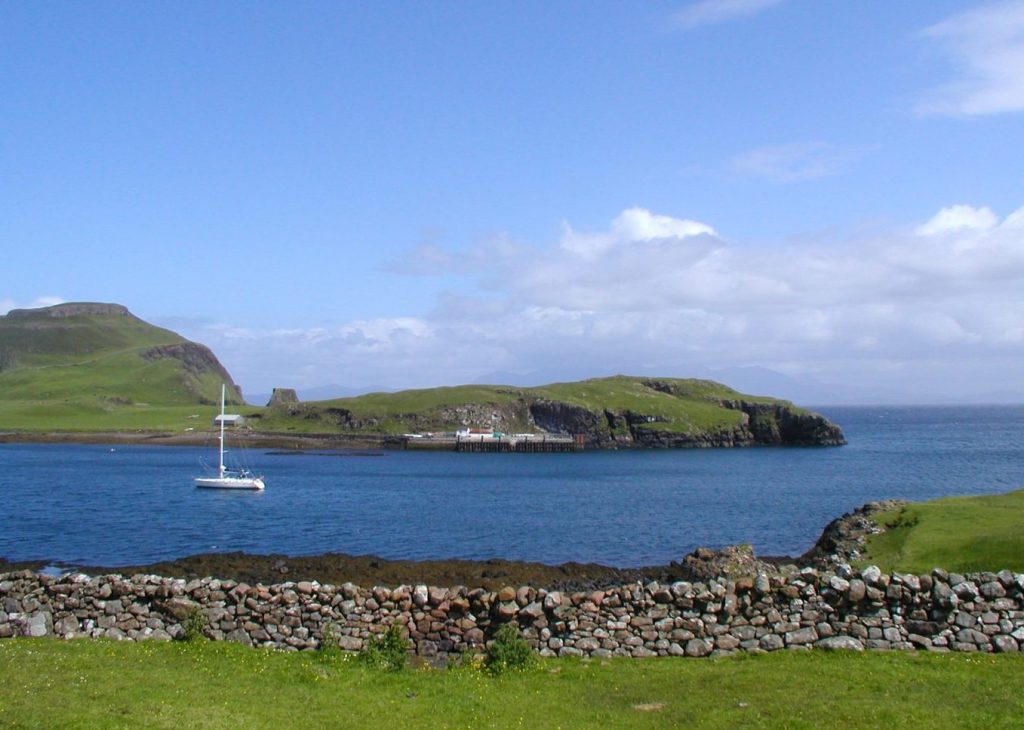
I have visited Canna on several occasions and each has been an absolute pleasure. Canna Harbour, the main anchorage, is accommodating and allows yachts to swing on the winds that circulate the bay. Ashore, my abiding memory is the quite and chilled atmosphere of the Memorial Church. A rocket like shaped spire rises above its thick stone walls.
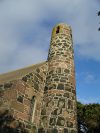
The day I left the sweltering heat of a July afternoon and the air inside was peaceful, quite and cool, so very cool. To visit these places of worship on the island is a pleasure and most certainly a privilege. I sat for 20 minutes in perfect peace and silence. The small cellar like shaped room is spectacular in its; peace, karma or feng shui – take your pick. It is quite a remarkable experience.
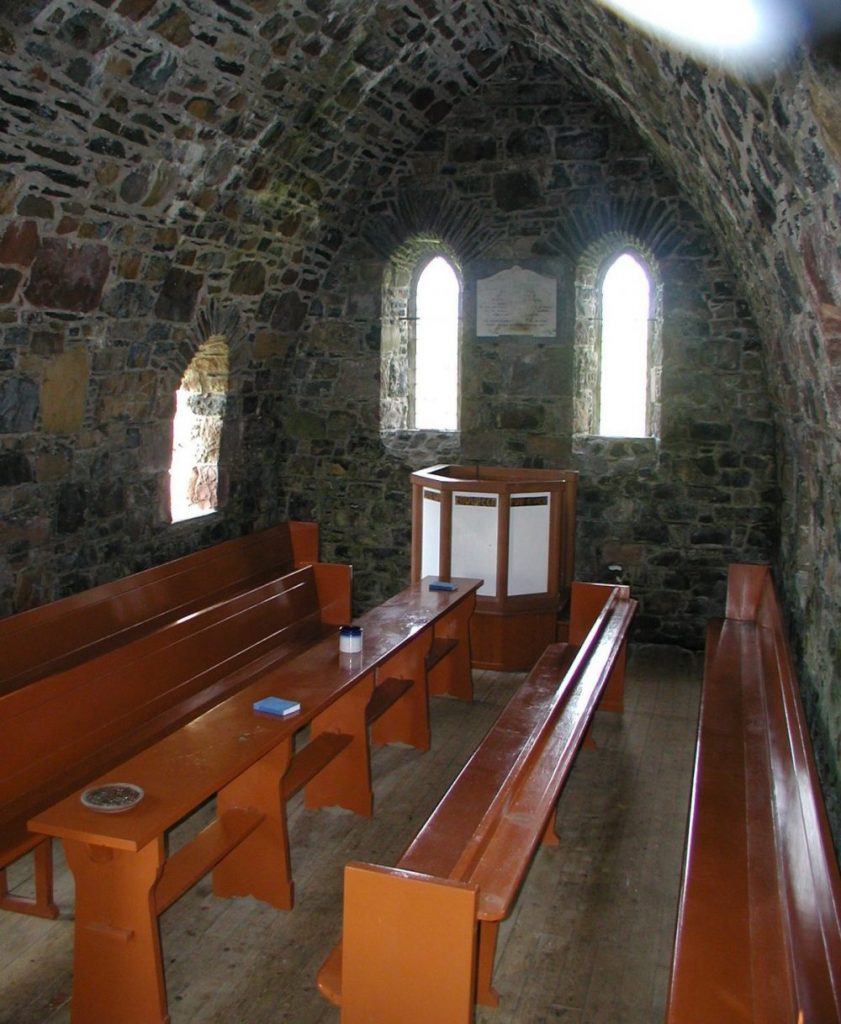
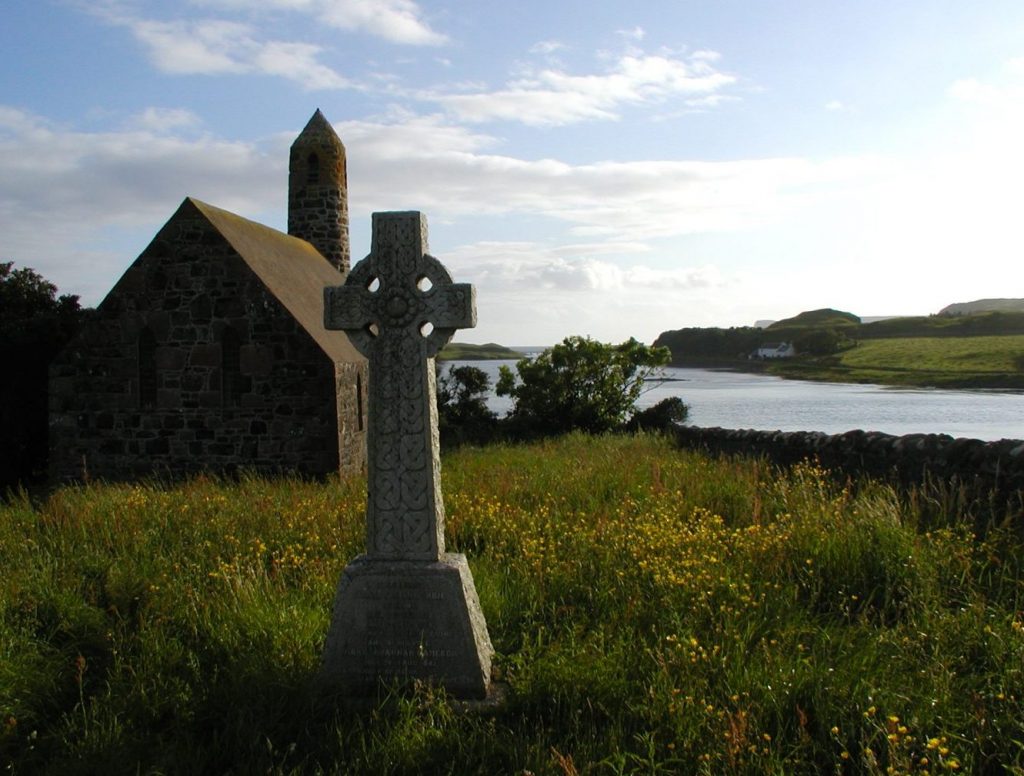
Sitting there one could not help but image in the congregation huddled in and from the pulpit fire and brimstone being preached ‘at them’ and perhaps ‘over them’.
Canna is renowned for its wildlife, including sea eagles, golden eagles and puffins. Recently, peregrine falcons and merlins have been sighted also. The island is also inhabited by a number of rare butterfly species. In the nearby waters one can spot dolphins, basking sharks and smaller whales.
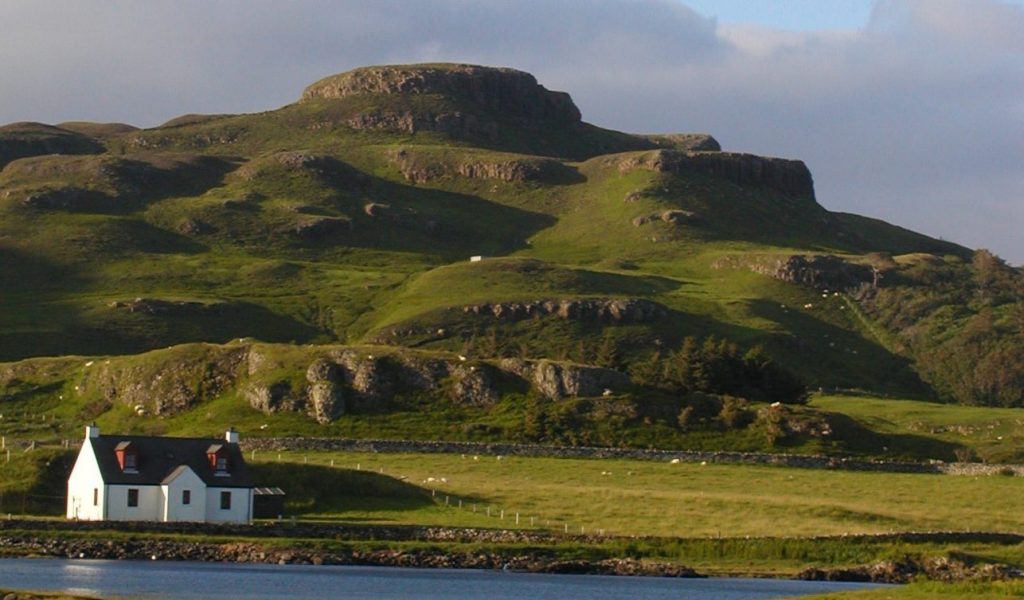
Canna is noted for its tiers of basalt pillars that rise over the eastern half of the island and the sea cliffs that dominate its northern shore. The highest point on the island is Càrn a’ Ghaill (Gaelic for rocky hill of the storm) at 689 feet (210 m). Another point of interest is Compass Hill. Its peak is at 456 feet (139 m) and sits on the eastern edge of the island. It is made of a volcanic rock called tuff, and it has such a high iron content that the compass of nearby ships are distorted, pointing to the hill rather than north.
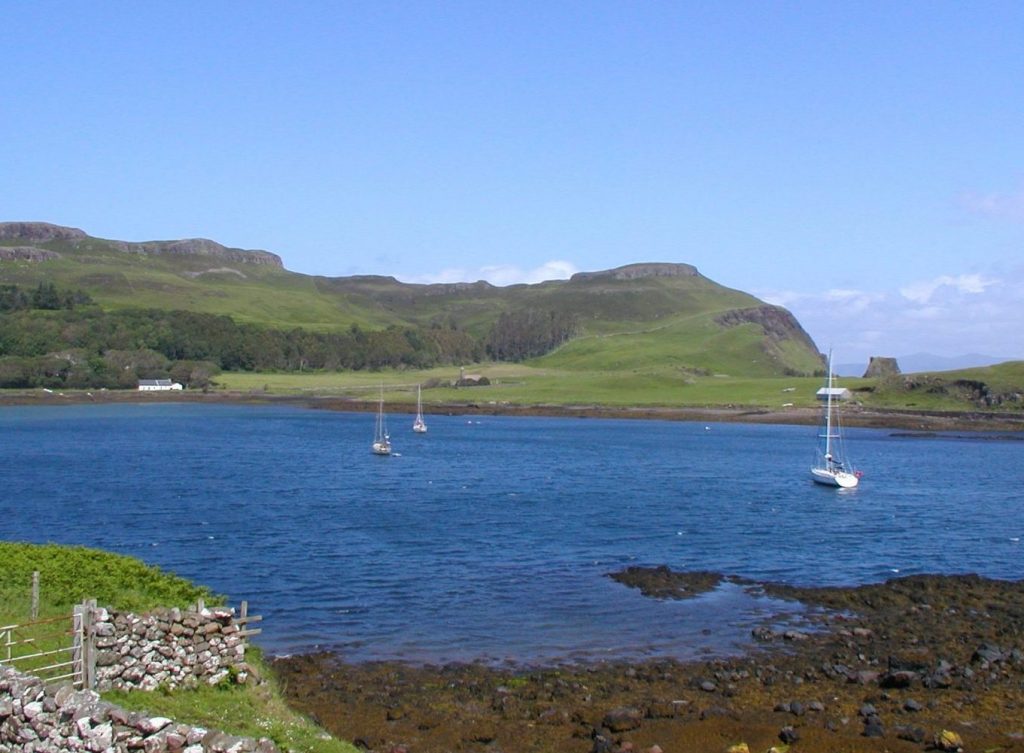
A further trip is a must, to top the hill but also to see the Punishment Stone, where unruly islanders had their thumbs wedged into the hole and or to try the fresh seafood and cake at the Café Canna !
Scotisland Neighbours: Sanday Rum
Local Information: Community Wiki National Trust For Scotland
Drones Map Canna: BBC News
